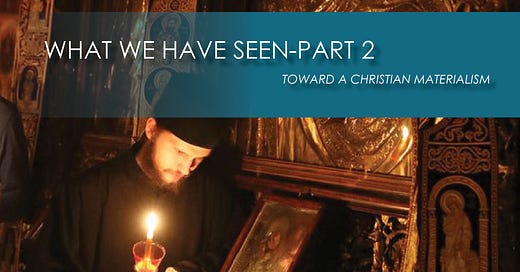Against this backdrop of pietistic tension, the iconoclasts charged that acts of veneration were intrinsically idolatrous. These acts included prostrations before and kissing of images. Though it must be said, many practices of dubious orthodoxy and base superstition did exist, and they loom large in the Iconoclast critique: Drinking the paint of an icon as a magical elixir, and having icons stand-in for godparents at baptism among them. Some segments of the faithful were in great confusion regarding the use of images and idolatrous practices did take place. These dubious and erroneous practices are present in all Christian cultures, usually remnants of a pagan past. This charge was refuted in a variety of ways which drew attention to the inconsistencies of the Iconoclasts concerning acts of veneration and making a real theological distinction between ‘veneration’ and ‘adoration’.
Keep reading with a 7-day free trial
Subscribe to Ortho-Ology to keep reading this post and get 7 days of free access to the full post archives.




